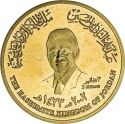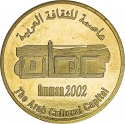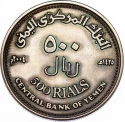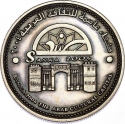You are about to finish your registration. Please check your mailbox (including spam folder). There should be a letter with a confirmation link. Check setting to make sure that your e-mail address is correct.
Send letter againDescription
The Arab Capital of Culture initiative, spearheaded by the Arab League in collaboration with UNESCO's Cultural Capitals Program, aims to champion and honor Arab culture while nurturing collaboration within the region.
In 2004, Sana'a was designated as the Arab Capital of Culture. On February 15, the Europa Philharmonic performed a repertoire of symphonic compositions during an artistic evening held in the historic city of Sana'a, attended by a diverse audience comprising Yemeni, Arab, and European dignitaries, among them Wolfgang Tersee, President of the German Bundestag (Parliament).
Throughout the year 2004, a series of programs will unfold from January to December, featuring a plethora of events. These include 12 national seminars and 8 Arab seminars, as well as three Arab and international conventions, in which Arab intellectuals, artists, and authors will participate. Additionally, there will be five exhibitions showcasing poetry, stories, novels, plays, and folklore songs.
Concurrently with these cultural and artistic happenings, a poetry exhibition will convene, bringing together renowned poets from across the Arab world. Similarly, an exhibition spotlighting Arabic storytelling and another showcasing books will be featured, alongside a conference on Arabian sculptures.
Obverse

|
Value in the middle in Arabic and English surrounded by the inscriptions "Central Bank of Yemen" in two languages and dates in Western and Hijri in both sides. البنك المركزي اليمنى |
|---|---|
Reverse

|
Depicts an emblem of the event (a stylized city name Sana'a as a stained glass window with its name "Sana'a 2004" below) above the Gate of Yemen encircled by the inscription of the event in Arabic above and English below. صنعاء عاصمة الثقافة العربية ٢٠٠٤ |
| Edge |
1000 Rials
Arab Cultural Capital
Sana'a - 2004
Subscribe series
KM# 31 Schön# 170
Arab Cultural Capital
Sana'a - 2004





